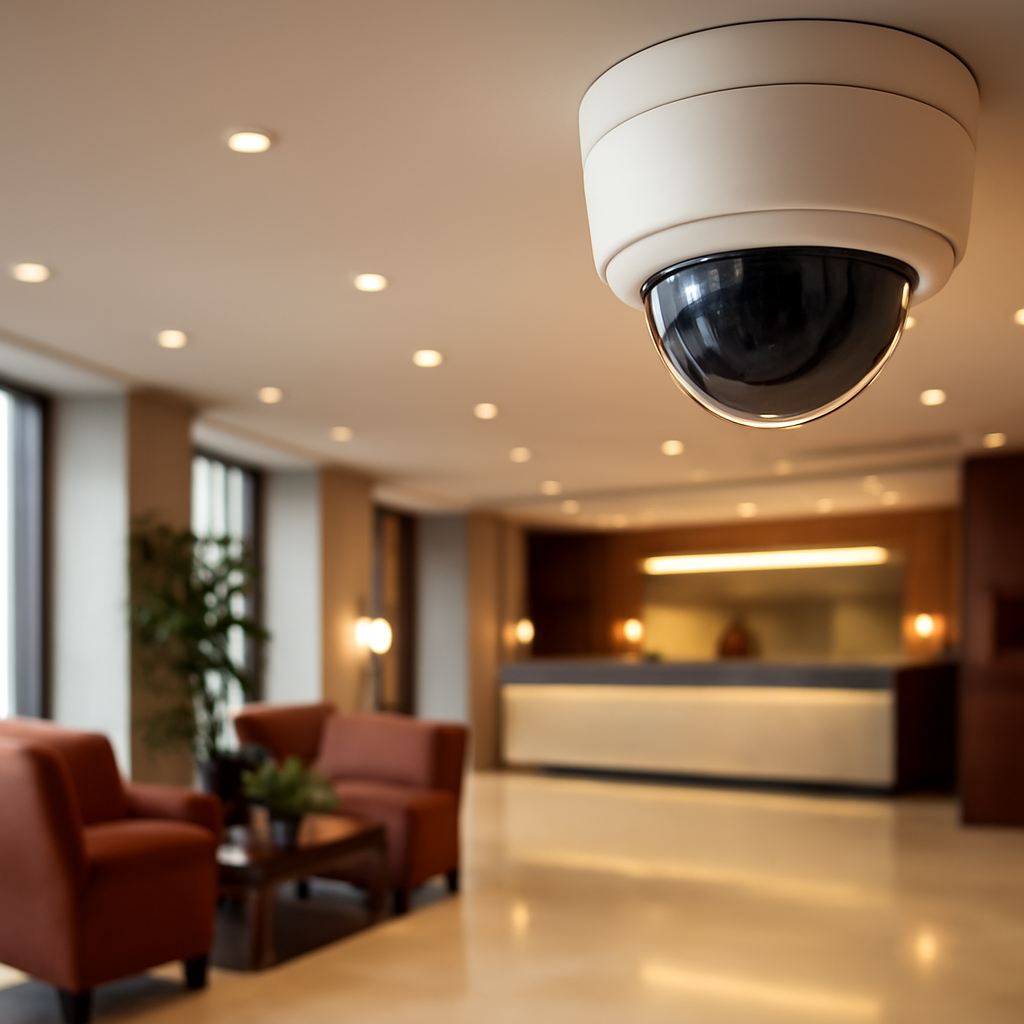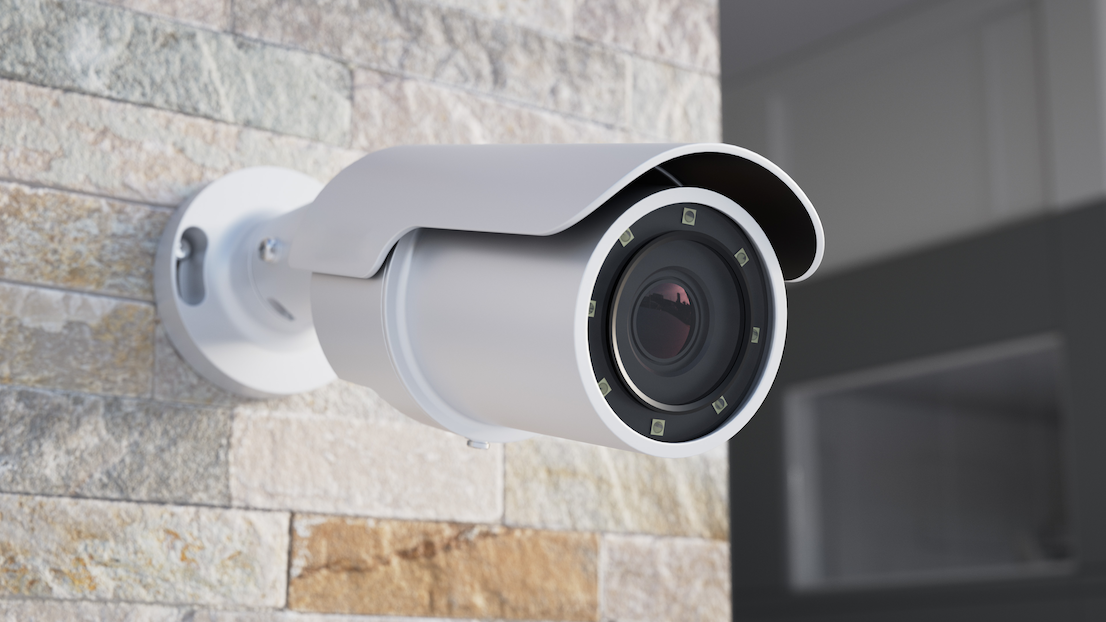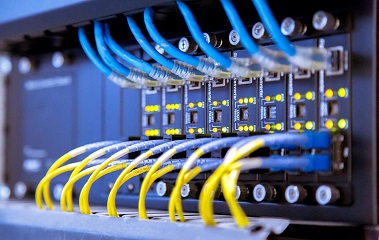The control of theft and the security of people and installations have become essential in the management of places that receive public: tourist accommodation (hotels, campsites), sales outlets, agencies, etc. Theft, customer disputes, damage, nuisance and aggression can have a direct impact on the company's turnover. As you can imagine, fitting a surveillance system is certainly a prerequisite. Until now, analogue equipment has been the most common, but just as telephony has become more common with VoIP, the use of the computer network as a medium for video surveillance is becoming more and more common.
What is video surveillance?
Video surveillance is a system composed of several cameras that film the spaces of places open to the public (shops, hotels) as well as private (offices, warehouses). Surveillance is carried out continuously or within predefined schedules. The images can be consulted live but are also stored on a server for possible future viewing.
Now called “CCTV”, video surveillance contributes to the safety of people and property. It also has a dissuasive effect when combined with appropriate signage.
From CCTV to IP video surveillance
Traditionally, video surveillance has been based on CCTV. It is still the most widely used technology in businesses, shops and even homes. Video surveillance is now moving towards IP networks to develop a wider range of functionalities, a transformation similar to telephony with VoIP.
In practice, each camera is connected to an IP network to communicate with a central server and broadcast the images.
The contribution of computer networks and the Internet simplifies the management of video surveillance infrastructures:
- Power over Ethernet (PoE) from a switch
- Connection to the local network via RJ45 cables or a Wi-Fi solution
- Flexible and scalable installation (relocation and expansion of cameras possible)
- Possibility to move away from the on-site video recorder (NVR)
- Remote supervision and maintenance of equipment
The move to IP also unlocks the potential of video surveillance in terms of functionality:
- Recording of images in High Definition (or even 4K if the bandwidth is sufficient)
- Remote camera management: settings, movements, zoom…
- Sending images to a cloud server via the internet connection
- Viewing images on-site via a control monitor or remotely from a device connected to the internet (computer, smartphone, tablet, etc.)
- Easy search for a specific sequence thanks to the video surveillance software
A local network tailored to share connected services
As part of the digital transformation of companies, IP technology is becoming the common denominator for many services: VoIP, IPTV, IP CCTV…
Already heavily used in companies, local networks and Internet access are now expected to be able to support all digital services. The need for performance and reliability is therefore crucial, particularly for video protection, which requires a significant amount of bandwidth.


